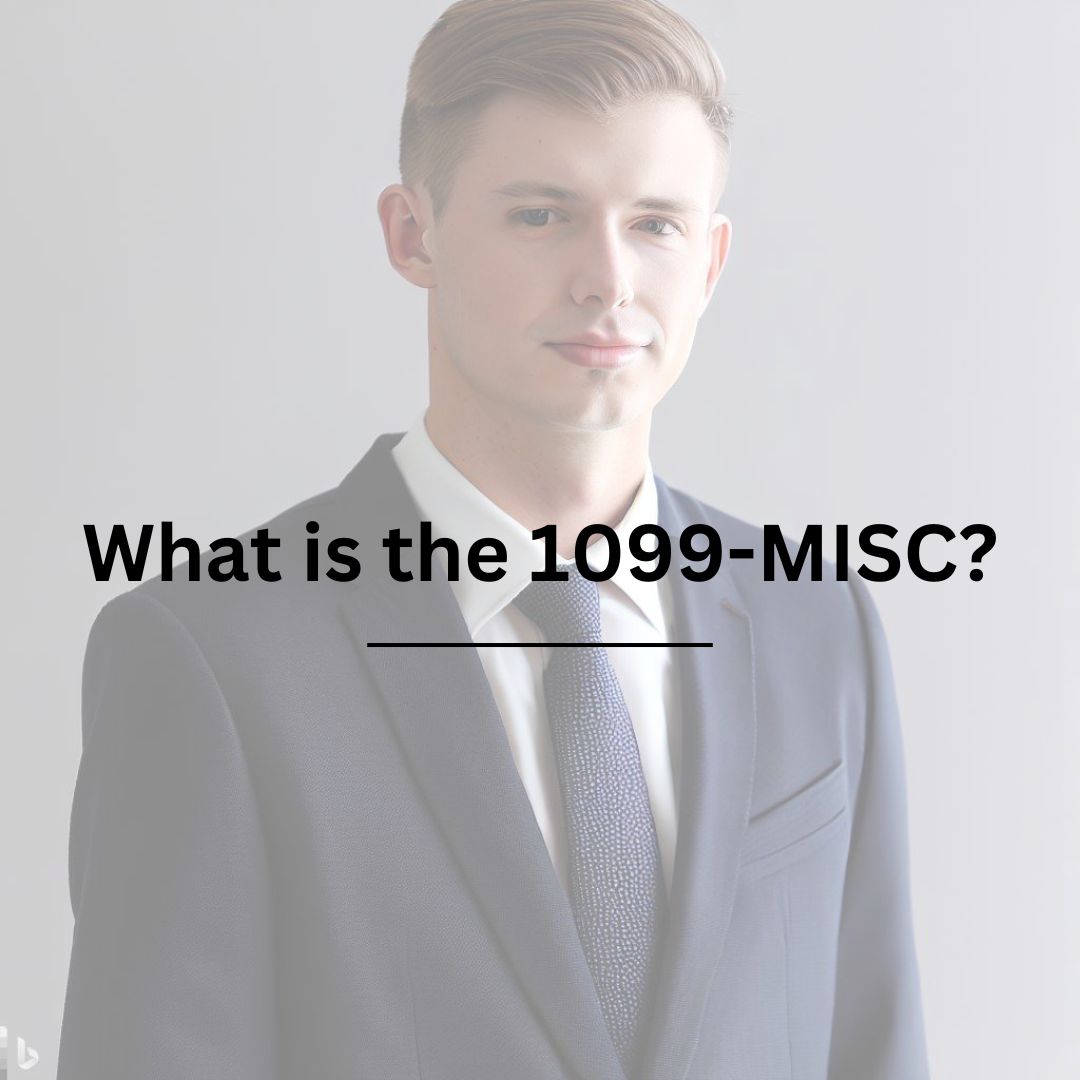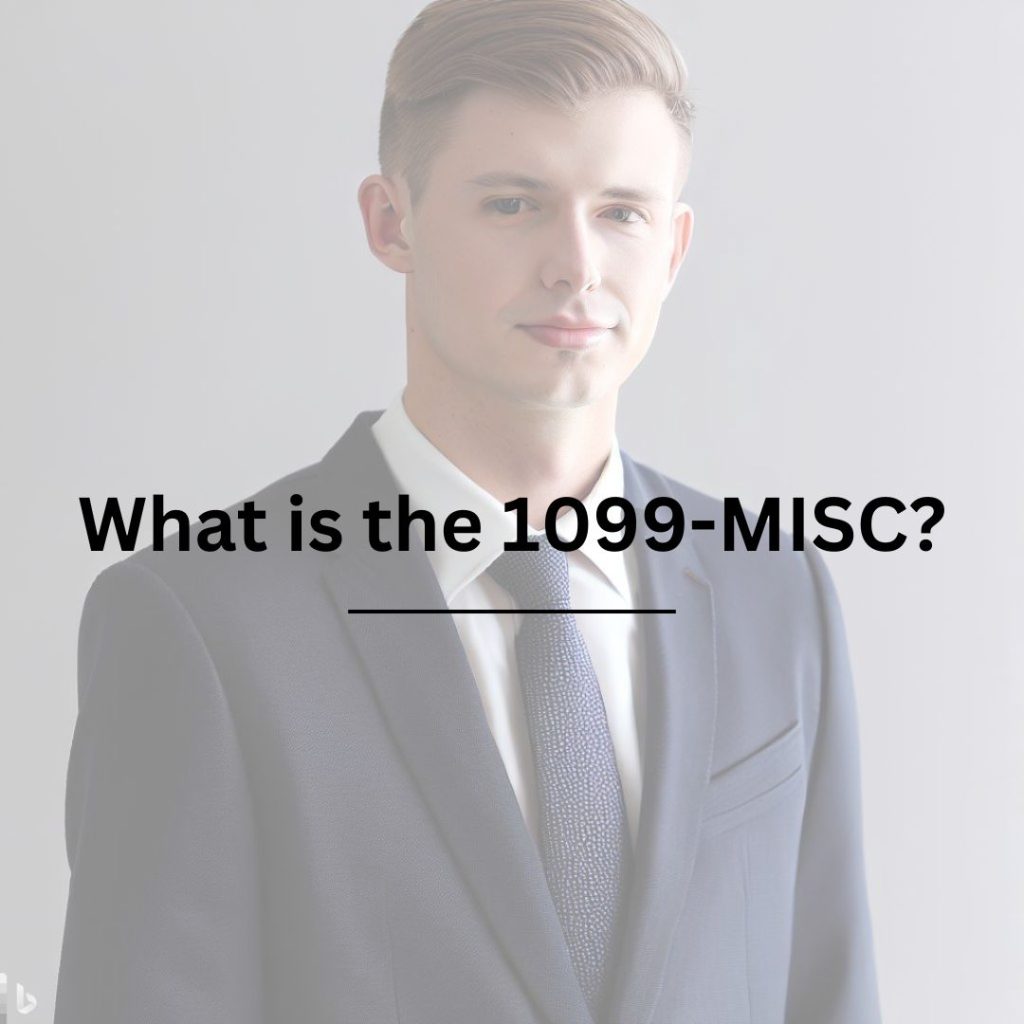
Published August 25, 2023 – In the world of taxes and financial documentation, the 1099-MISC form holds significant importance. Whether you’re a freelancer, an independent contractor, or a small business owner, understanding the 1099-MISC is crucial for your financial compliance. This article will serve as a comprehensive guide to help you navigate the intricacies of the 1099-MISC form, its purpose, and how it affects your tax obligations.
Table of Contents
Introduction to the 1099-MISC
Who Uses the 1099-MISC Form?
Understanding the Purpose of the 1099-MISC
Reporting Income on the 1099-MISC Form
Key Information Included in the 1099-MISC
Common Box Entries on the 1099-MISC Form
Filing and Distribution of the 1099-MISC
Important Deadlines for the 1099-MISC Form
Consequences of Not Filing the 1099-MISC Form
Frequently Asked Questions (FAQs)
1. What is the 1099-MISC?

The 1099-MISC is an information return form used by businesses to report various types of payments made to individuals and non-employees. It is filed with the Internal Revenue Service (IRS) and provided to the recipients of these payments. The form serves as a record of income received outside of traditional employment, ensuring accurate reporting and tax compliance.
2. Who Uses the 1099-MISC Form?
The 1099-MISC form is primarily used by businesses or individuals who engage in transactions with independent contractors, freelancers, and service providers. It is also applicable for reporting other types of income, such as rent, royalties, and prizes. If you are self-employed or receive income from multiple sources, you may expect to receive one or more 1099-MISC forms.
3. Understanding the Purpose of the 1099-MISC
The main purpose of the 1099-MISC form is to report income received by individuals or entities who are not considered employees. This includes payments for services rendered, professional fees, rental income, and other miscellaneous income. By issuing the 1099-MISC, the payer ensures that the IRS is informed about the payments made, allowing for proper tax reporting by the recipients.
4. Reporting Income on the 1099-MISC Form
When reporting income on the 1099-MISC form, the payer is required to provide accurate information about the recipient and the payments made. This includes the recipient’s name, address, taxpayer identification number (TIN), and the total amount paid during the tax year. It is crucial to ensure the information is correct to avoid any discrepancies and potential penalties.
5. Key Information Included in the 1099-MISC
The 1099-MISC form contains various boxes, each representing different types of payments and income. Some common entries include:
- Box 1: Rents
- Box 2: Royalties
- Box 3: Other income
- Box 7: Nonemployee compensation (for independent contractors)
- Box 8: Substitute payments in lieu of dividends or interest
- Box 10: Crop insurance proceeds
6. Common Box Entries on the 1099-MISC Form
Let’s dive deeper into a few of the common box entries on the 1099-MISC form:
- Box 1: Rents: This box reports the total amount of rent received during the tax year. It is applicable to landlords and property owners who receive rental income from real estate or other properties.
- Box 7: Nonemployee Compensation: Independent contractors and freelancers receive their compensation in this box. It includes fees for services rendered and is one of the most commonly used boxes on the 1099-MISC form.
- Box 3: Other Income: This box covers various types of miscellaneous income, such as awards, prizes, and certain types of grants. It is crucial to accurately report this income to avoid any potential issues with the IRS.
7. Filing and Distribution of the 1099-MISC
Payers are responsible for filing the 1099-MISC form with the IRS. Additionally, they must provide a copy of the form to the recipient by January 31st of the following year. It is essential for both parties to retain a copy of the form for their records and tax preparation purposes.
8. Important Deadlines for the 1099-MISC Form
The 1099-MISC form has specific deadlines that must be adhered to. Here are the key dates to remember:
- January 31st: Deadline for providing copies to recipients
- February 28th: Deadline for filing paper copies with the IRS
- March 31st: Deadline for e-filing copies with the IRS
9. Consequences of Not Filing the 1099-MISC Form
Failure to file the 1099-MISC form or submitting inaccurate information may result in penalties imposed by the IRS. These penalties can be substantial, depending on the extent of non-compliance. It is essential to understand the requirements and meet the deadlines to avoid any unnecessary penalties or legal complications.
Frequently Asked Questions (FAQs)
Do I need to file a 1099-MISC form if I only received a small payment?
Yes, regardless of the payment amount, if you received nonemployee compensation or other reportable income, it should be reported on a 1099-MISC form.
Can I file the 1099-MISC form electronically?
Yes, the IRS encourages electronic filing of 1099-MISC forms. It is a faster and more convenient method compared to paper filing.
What happens if I receive a 1099-MISC form with incorrect information?
If you receive a 1099-MISC form with inaccurate information, you should contact the payer and request a corrected form.
Can I use software or online services to prepare and file the 1099-MISC form?
Yes, there are various software programs and online services available that can assist you in preparing and filing the 1099-MISC form accurately.
Is the 1099-MISC form the same as the W-2 form?
No, the 1099-MISC form is used to report income received by non-employees, while the W-2 form is used to report income received by employees from their employers.